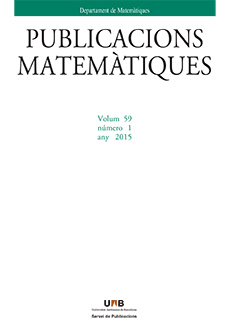Abstract
In this paper we introduce new techniques in order to deepen into the structure of a Leavitt path algebra with the aim of giving a description of the center. Extreme cycles appear for the first time; they concentrate the purely infinite part of a Leavitt path algebra and, jointly with the line points and vertices in cycles without exits, are the key ingredients in order to determine the center of a Leavitt path algebra. Our work will rely on our previous approach to the center of a prime Leavitt path algebra, "Centers of path algebras, Cohn and Leavitt path algebras," Bull. Malays. Math. Sci. Soc.. We will go further into the structure itself of the Leavitt path algebra. For example, the ideal $I(P_{ec} \cup P_{c} \cup P_l)$ generated by vertices in extreme cycles ($P_{ec}$), by vertices in cycles without exits ($P_c$), and by line points ($P_l$) will be a dense ideal in some cases, for instance in the finite one or, more generally, if every vertex connects to $P_l \cup P_c\cup P_{ec}$. Hence its structure will contain much of the information about the Leavitt path algebra. In the row-finite case, we will need to add a new hereditary set: the set of vertices whose tree has infinite bifurcations ($P_{b^\infty}$).
Citation
María G. Corrales García. Dolores Martín Barquero. Cándido Martín González. Mercedes Siles Monlina. José F. Solanilla Hernández. "Extreme Cycles. The Center of a Leavitt Path Algebra." Publ. Mat. 60 (1) 235 - 263, 2016.
Information





